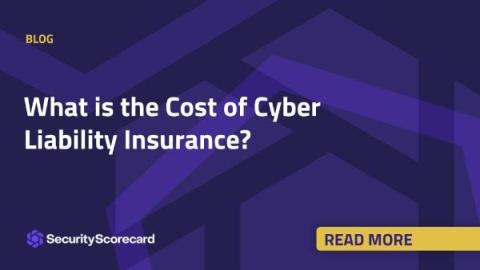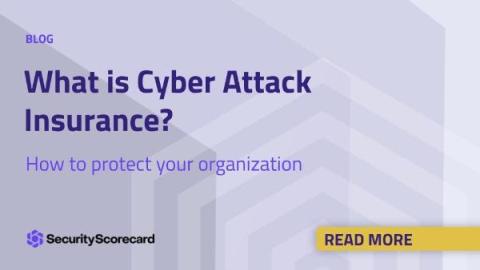Security | Threat Detection | Cyberattacks | DevSecOps | Compliance
Latest News
How to Prevent Third-Party Vendor Data Breaches
SmokeLoader's Plugins
What is the Cost of Cyber Liability Insurance?
In today’s digital age, where businesses rely heavily on technology and data, the risk of cyberattacks and data breaches has become a constant concern. These incidents can lead to significant financial losses, damage to a company’s reputation, and even legal liabilities. To mitigate these risks, many businesses turn to cyber liability insurance. But what exactly is the cost of cyber liability insurance, and how do insurers determine it?
5 Risks Of Outdated Software & Operating Systems
What is Cyber Attack Insurance?
Businesses of all sizes are increasingly reliant on technology to conduct their operations efficiently. While technology offers numerous benefits, it also exposes organizations to a growing threat—cyber attacks (or cyberattacks). As the frequency and sophistication of cyber threats continue to rise, businesses are turning to a crucial safeguard: cyber attack insurance.
MOVEit Transfer: Detecting affected servers at scale
Why we need to democratize governance, risk, and compliance
Today’s uncertain economy has presented an array of problems to organizations of every size and across all industries. In the world of tech titans alone, 70,000 jobs have been lost over the past year. It’s safe to say that businesses have laid off and lost talented and experienced professionals from their rosters. We feel losing talent more acutely in cybersecurity and privacy as risk of cyberattacks and breaches may cost the global economy $10.5 trillion annually by 2025.
Cloud Threats Memo: Mitigating the Risk of Third-party Apps
The use of third-party apps (also known as “connected apps”, “cloud to cloud apps”, “OAuth apps”) are apps developed by external and internal developers or organizations that can interact with and extend the functionality of a primary SaaS App. These are growing exponentially across organizations.









